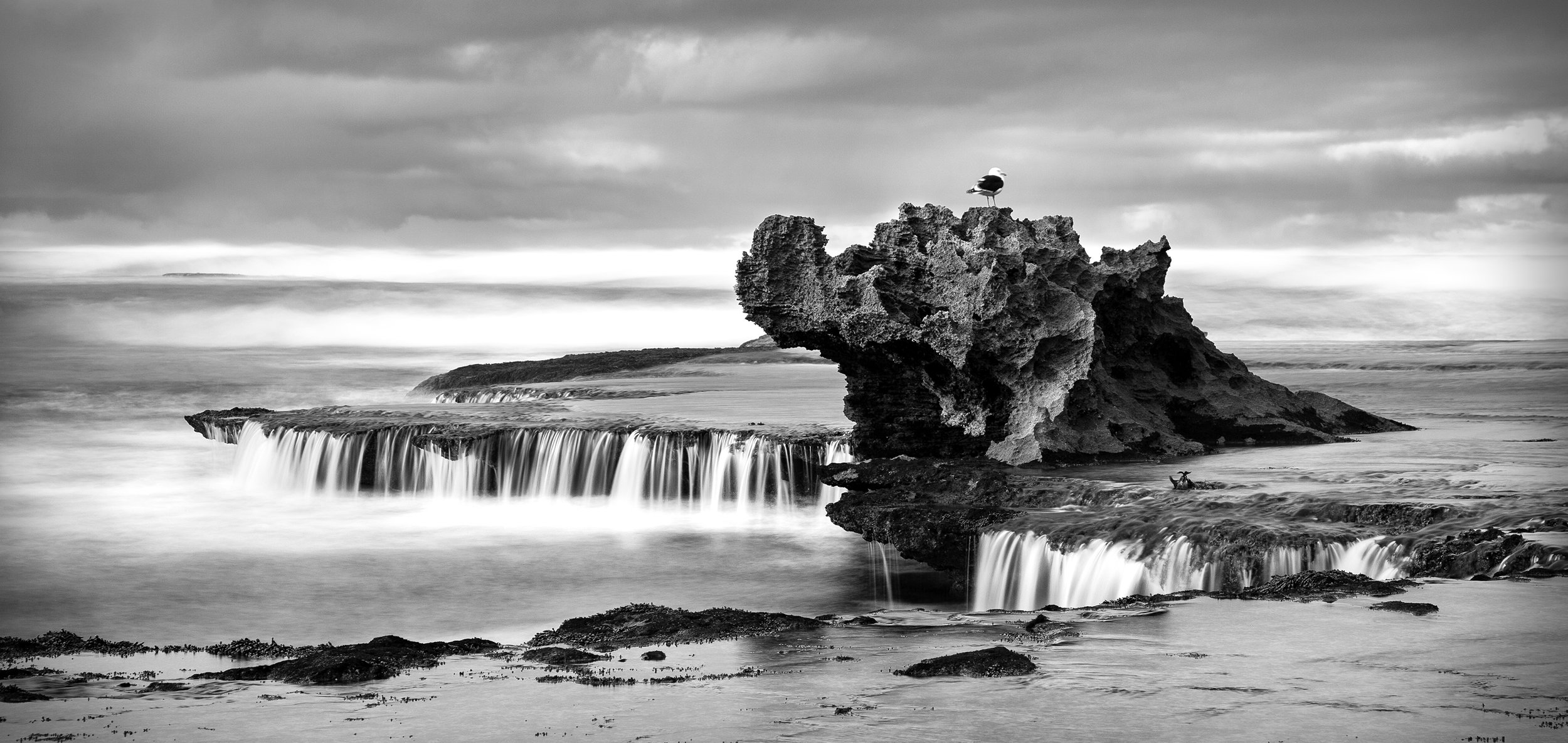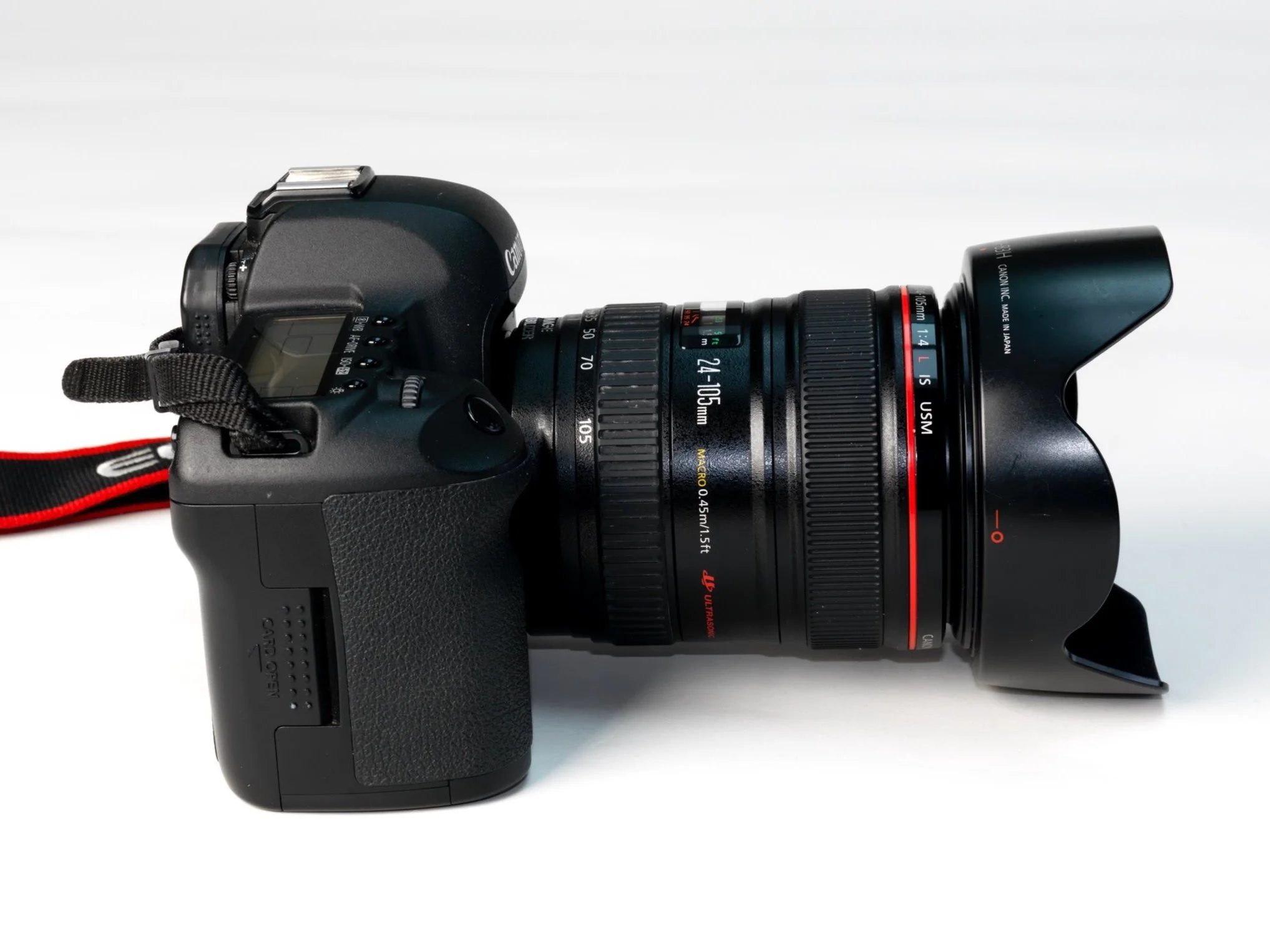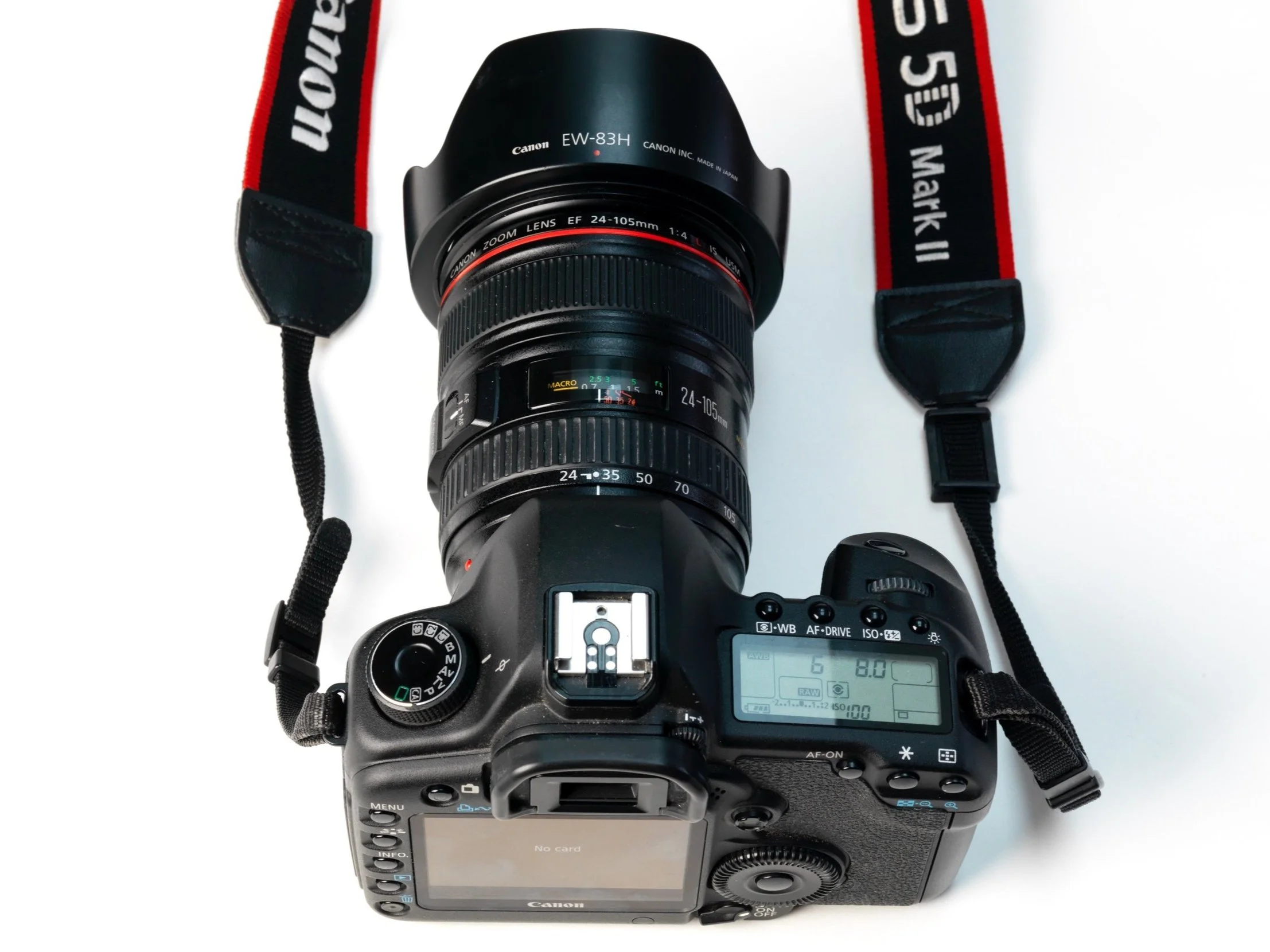
Canon EOS 5D MkII
Canon EOS 5D MkII
History
I started my commercial career with a second hand Hasselblad 500 C/M and a new Canon EOS 33 film camera in my kit. This was replaced by my first Canon digital SLR which was a Canon EOS 20D. In hindsight, for a first or second generation digital SLR the 20D was surprisingly good. The combination of the smaller EFS sensor size and noise at moderate to high ISO values in the 20D and a subsequent EOS 40D led me on a natural upgrade path which was the 5D MkII. Whilst the 5D Mk II is no comparison to current cameras for sensor noise and speed, for most uses and in the studio it has been absolutely reliable and done a huge volume of work over the years.
Choosing a Canon Digital SLR
I started my professional journey when I studied for a part time certificate in commercial photography at the International College of Professional Photography, ICPP in South Melbourne in 2003/2004. I remember the entrance interview where we discussed what cameras I had and looked at the likely limitations of sticking with a Pentax consumer film SLR. As ICPP rightly pointed out, I was going to find the lens choices and performance pretty limiting and so I chose to upgrade fairly quickly with the only realistic choices in 2003 being Nikon or Canon. I had half an eye on where these two were up to with digital SLRs and the final thing that swayed my decision was previous experience with Nikon menus and ergonomics. Not saying they were bad, but the Canon operation and logic flow just clicked better with my brain and there was no downside to their lenses, accessories or support in Australia. So Canon it was with an EOS 33 film camera and the start of a lens kit that has evolved since. The reason why I mention the menus and logic flow is that as a working Pro you need to be able to operate the camera quickly, almost intuitively, for anything other than maybe still life images taken in a studio. I could and still can drive the 5D just about in my sleep and the other critical issue has been its unfailing reliability for many years of continuous use.
Canon EOS Lenses
The choice of Canon for me was always going to be a lifetime commitment. As a working professional there was not much opportunity or reason to switch brands easily once you buy into a significant amount of kit including decent lenses. The first lenses I started with were the Canon EF 50mm f1.8 and an EF 200mm f4 since at the time I could not afford the very nice EF 200 mm IS f2.8. Later I added the EF 24-105mm f4 and the 17-24mm f4 zooms, an EF 14mm f2.8 and the EF 100-400mm IS f4.5-5.6 telephoto zoom. These lenses cover just about anything you could want to shoot except extreme subjects where an f2.8 or faster lens would be better. Anything that I couldn’t cover with these lenses could be managed by hiring a lens if required. I have only had one lens failure in 10 years and that was with my workhorse 24-105mm zoom which had an issue with the aperture diaphragm that had to be fixed by Canon in Melbourne. Given the high usage rate of this lens it was not a surprise. As with the Hasselblad H3D Mk 11 it was great to have such good local support available and Canon were fast, not expensive and very helpful at the time.
Canon EOS Accessories
Rounding out the equipment breakdown, the other additions to the kit are the usual cable release, circular polarising and ND filters and two 580EX Speedlights. My backup camera for the 5D MkII was the Canon 40D that had preceded it so given at one stage I was shooting a lot of indoor sport and real estate it was essential to have a redundant flash available. They were also handy in that you can set them up in a master/slave configuration allowing one of them to be positioned off camera to balance lighting which is very useful in real estate shoots. So the 5D Mk II is still going strong today and we can talk more about it in operation in the future.
“No more easy shots!”
– John Free



